How to Predict the Colors of your Labrador Pups?
Breeders can predict the color of the Labrador pups they will get in a specific litter. However, it only happens when they are sure about the genotype of their parents. The first generation of Labradors may look a specific way and produce different colored pups.
Second-generation dogs may be black but give birth to brown pups. Similarly, fourth-generation dogs may appear black and get white puppies. The only way to know the color of the pups your Labradors will have is to know the genotype of the parents you will be mating.
Mating a Yellow Labrador with a Chocolate Labrador
Now let’s look at what color the pups will be if you mate a chocolate Lab with a yellow Lab. This is good example of how complicated, and unexpected, Labrador colors can be.
There are six different possibilities for litter color combinations depending on the genotype of the parents. You can even get a litter of all black puppies from a chocolate mother and a yellow father (or vice versa)! Here are the color possibilities:
Let’s have a closer look and find out why. In this diagram I have put the yellow Labrador possible genotypes along the top, and the chocolate genotypes down the side.
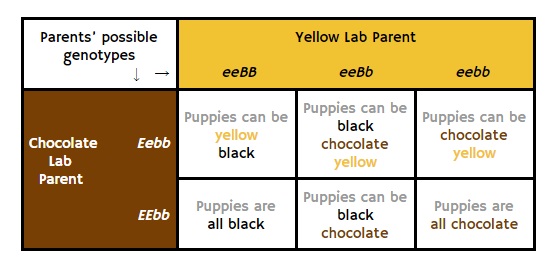
There are three ways to be yellow, and only two ways to be chocolate. A chocolate Labrador can be either Eebb or EEbb. That’s nice and simple. A yellow dog can be one of three different genotypes: eeBB, eebb, or eeBb – because every time two little e genes come together, they overwrite any combination of B genes. So, if a chocolate Lab with the genotype Eebb mates with a yellow Lab of the genotype eeBb, all the building blocks are there for puppies of every color. But if we mate EEbb with eeBB all the puppies will be black, because they will all have one big B and one big E.
How Many Labrador Retriever Colors Are There?
Strictly speaking, there are only three different Labrador colors:
These are the three colors recognised and accepted by the AKC in the United States, and the Kennel Club in the United Kingdom. In practice, there is a wide range of shades of yellow Labrador color, from palest cream to richest fox red. But what makes a Labrador brown, or black, or yellow? And what about Silver Labradors? Where does this new and controversial coat color come into it?
Let’s take a look quickly at what each of the Labrador Retriever colors we’ll discuss today looks like:
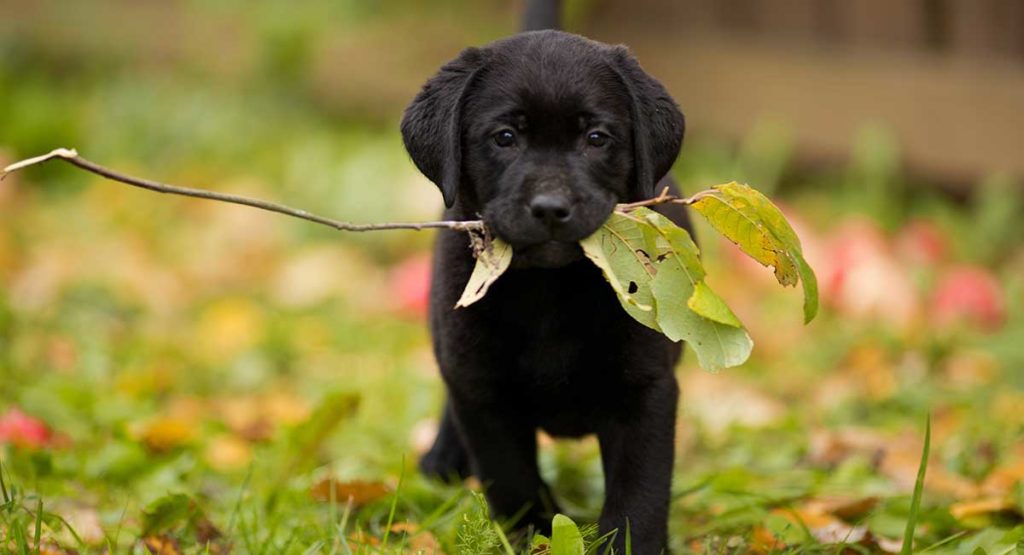
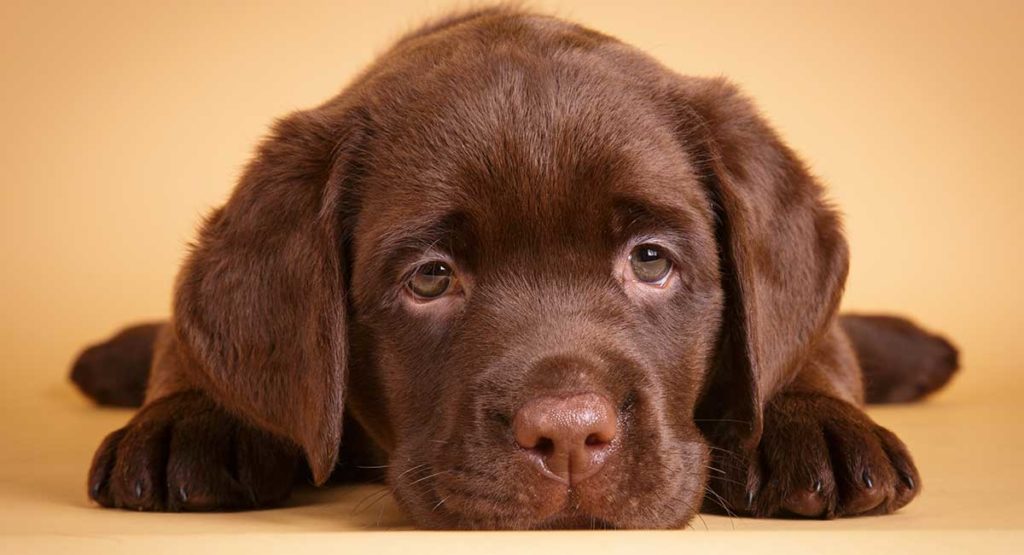
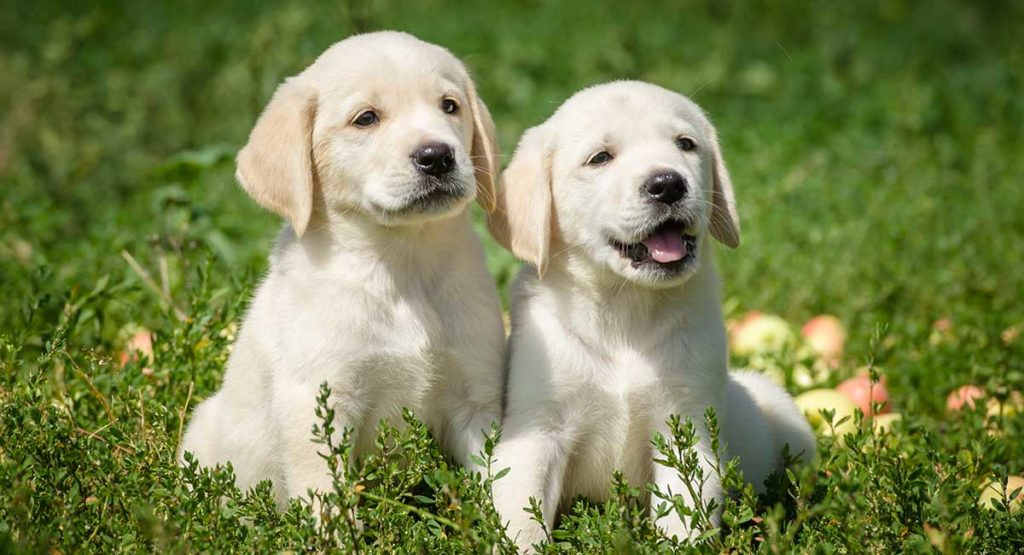
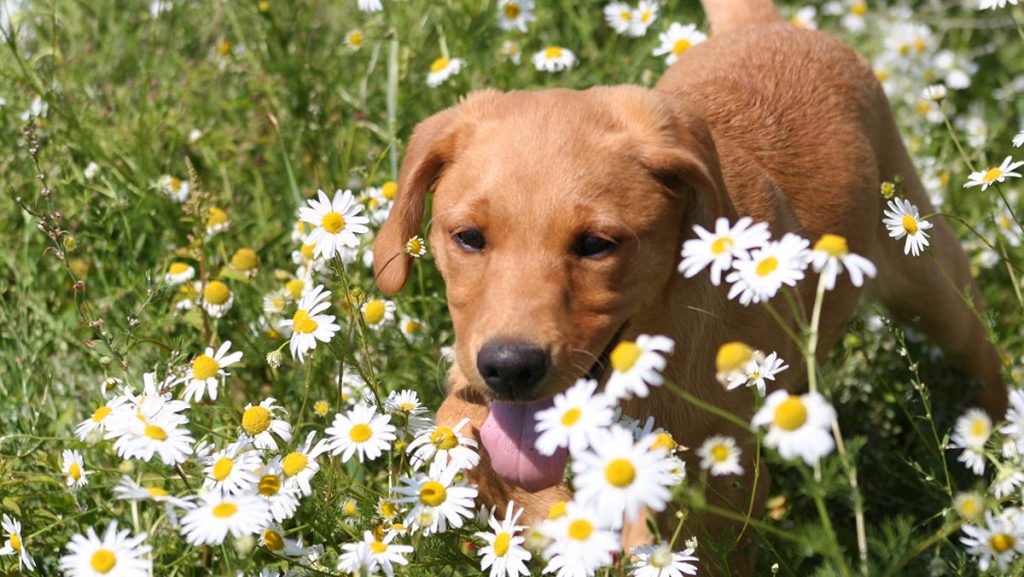
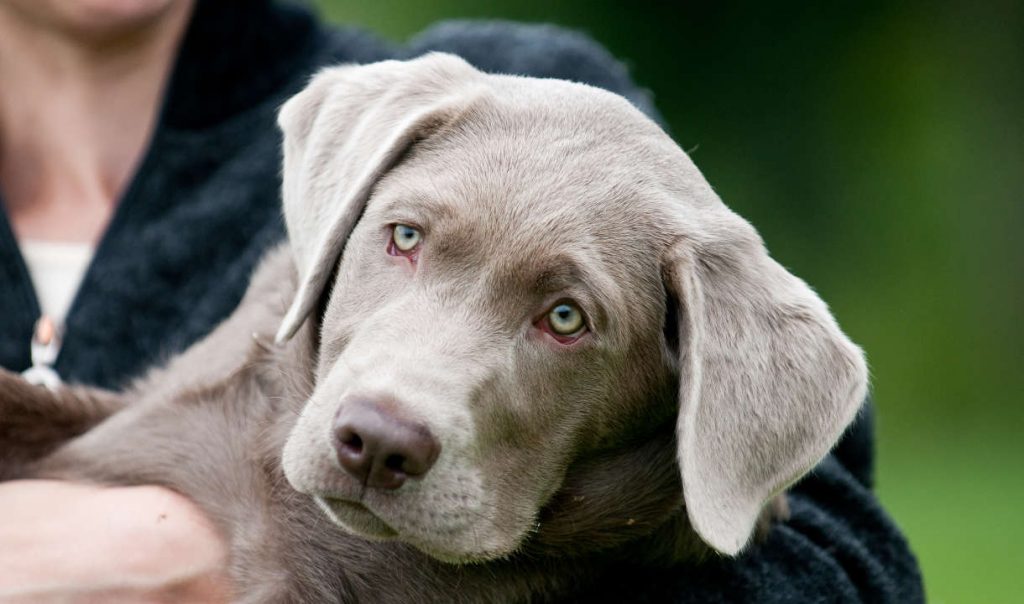

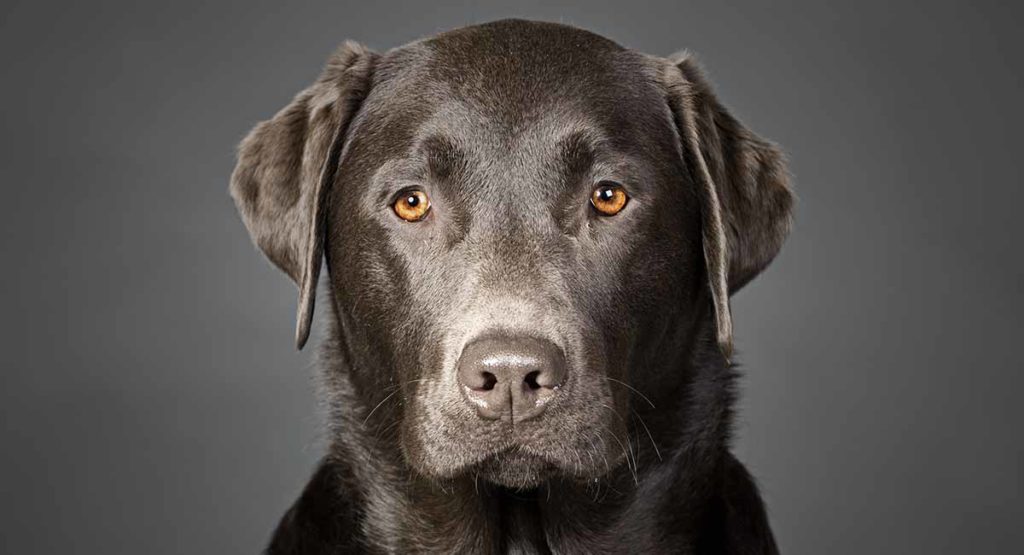
I’m going to explain the genetic code that controls Labrador color inheritance. And I’ll answer your questions about what puppy colors to expect when Labradors mate. I’ll try and keep it as simple as I can! Understanding how a Labrador’s coat color is inherited starts with understanding how the three basic colors are passed on from one generation to the next. So we’ll tackle that first.
Black is the original, archetypal Labrador color, and genetically the most dominant. In fact, from the breed’s inception in the early 19th century until the turn of the 20th century, it was the only acceptable color. Chocolate and yellow puppies were frequently euthanized at birth. So how come they didn’t die out altogether? To understand that we have to look at the genetic difference between black and chocolate Labs.

Both types get their color from a pigment called eumelanin. Labs with lots of eumelanin pigment in their coat are black. If they have a little less, they appear brown instead. The genetic instruction for being black or brown is held at the B locus in a dog’s DNA.
“Locus” is just a fancy term for a specific place in an animal’s genetic code. We use letters to tell each place apart – a bit like giving each locus its own zip code! The B locus is home to a pair of genes called B genes. One of the pair comes from your Lab’s mom, and the other from their dad. There are two types of B gene your Lab can get in their pair:
Big B is a dominant gene, and little b is a recessive gene. Which leads us to…
Lab Puppies Chocolate Yellow Black Labrador Retrievers 3 weeks 6 days old
Coat color is a significant consideration for dog breeders and owners with different references. But can yellow Labradors have black puppies?